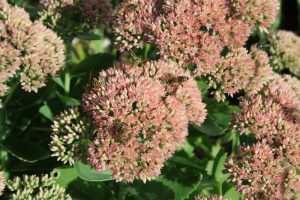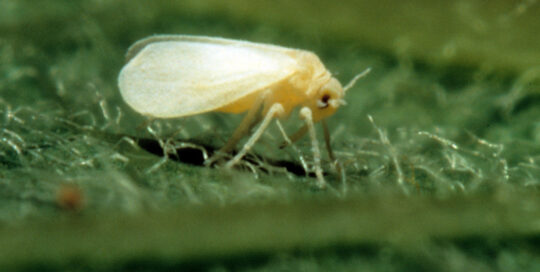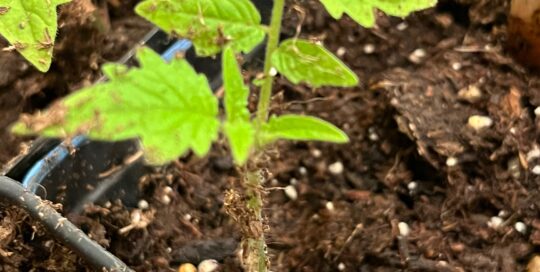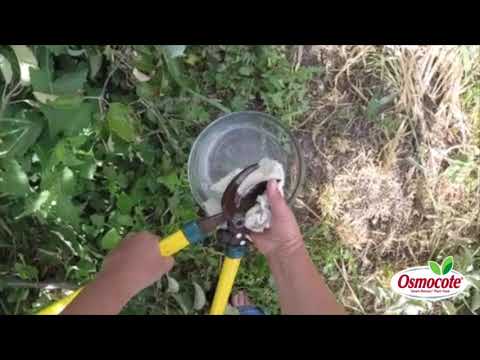What Good Are Wasps?
Views: 6692

By the end of the summer, the hornets and wasps are pretty thick in the garden.
They’re particularly bothersome in our fall-bearing Polana raspberries, where there seems to be a wasp under every leaf. My husband was even stung on several occasions while harvesting.
I guess it means more raspberries in the freezer, because the wasps keep the boys from raiding the raspberry patch. But I think I would rather have them enjoy the berries fresh.
Benefits
This onslaught of these flying, stinging and sometimes a wee bit snarky insects has brought up several discussions on what good they are in the garden. They’re all over the raspberries because they like the sweetness of them. It’s the same thing with fallen apples making picking up the windfalls challenging work.
I was wondering the same when I noticed several types of wasps and hornets absolutely covering the Autumn Joy sedum this week. While the first thought is that they can be credited with some pollination, it would be very little. They just aren’t built for it.
The wasps and hornets are primarily little predators, so I believe they’re on the flowers for a quick nip of energy before continuing with their hunting or foraging (because they’ll also clean up dead bugs).
I’ve also learned that some species will eat pollen, since it’s a high protein source.
Trapping Wasps and Hornets
So what should you do about pesky wasps and hornets? Diligent trapping can reduce the numbers, particularly if you start early in the season and are able to catch the queens of the local colonies.
The wasp and hornet trap I put up didn’t make a dent in the population. It trapped quite a few of them, but not enough to see a noticeable difference. A friend of mine is having the same issue this year. She’s even gone as far as to go out early in the morning with a bucket of soapy water, knocking the chilled wasps into the sudsy pool of death.
Another option is using the “Fatal Funnel,” which is a special attachment pushed into a 2-liter pop bottle. The bottle is filled with an attractant made of apple juice, sugar and raw meat or cat food. Yummy. But from what I’ve been hearing, it works pretty well. The only drawback is finding the 2 liter bottles, since I don’t know many folks who drink pop!
For prevention measures, you also can try covering fruit crops, such as the raspberries, with a lightweight floating row cover. This not only will reduce the wasp numbers, it will keep the birds out of them.
Or you can work around the wasps. Harvesting in the morning while they’re sluggish—while still being very careful, since they will hang out underneath leaves and cling on berries—is one way to snag the berries before they’re covered in wasps. I’m also considering planting a summer bearing raspberry (although not completely replace the Polanas), just so I can pick in peace.
Meet Amy Grisak
Amy is a freelance author and photographer in Great Falls, MT who specializes in gardening, foods, and sustainable agriculture. She provides information on every kind…
Amy's Recent Posts

Watch Out for Silverleaf Whiteflies








